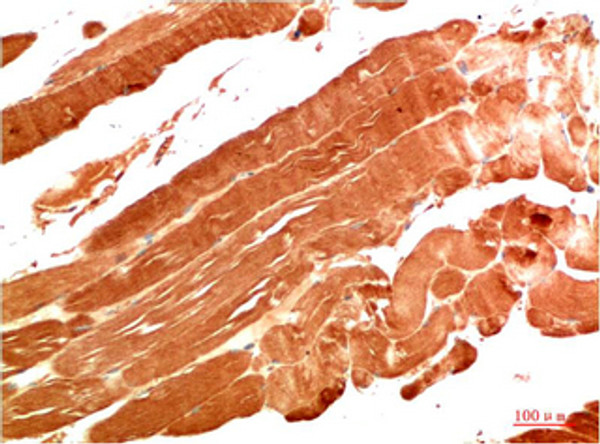| Function | Ubiquitin-binding autophagy adapter that participates in different processes including host defense or intracellular homeostasis. Possesses a double function during the selective autophagy by acting as a shuttle bringing ubiquitinated proteins to autophagosomes and also by participating in the formation of protein aggregates. Plays a role in the regulation of the innate immune response by modulating type I interferon production and targeting ubiquitinated IRF3 for autophagic degradation. In response to oxidative stress, promotes an increase in SQSTM1 levels, phosphorylation, and body formation by preventing its autophagic degradation. In turn, activates the KEAP1-NRF2/NFE2L2 antioxidant pathway. Plays also non-autophagy role by mediating the shuttle of IL-12 to late endosome for subsequent secretion. |
| Protein Name | Next To Brca1 Gene 1 ProteinCell Migration-Inducing Gene 19 ProteinMembrane Component Chromosome 17 Surface Marker 2Neighbor Of Brca1 Gene 1 ProteinProtein 1a1-3b |
| Database Links | Reactome: R-HSA-9664873 |
| Cellular Localisation | CytoplasmCytoplasmic VesicleAutophagosomeLysosomeMyofibrilSarcomereM LineIn Cardiac Muscles Localizes To The Sarcomeric M LineIs Targeted To Lysosomes For Degradation |
| Alternative Antibody Names | Anti-Next To Brca1 Gene 1 Protein antibodyAnti-Cell Migration-Inducing Gene 19 Protein antibodyAnti-Membrane Component Chromosome 17 Surface Marker 2 antibodyAnti-Neighbor Of Brca1 Gene 1 Protein antibodyAnti-Protein 1a1-3b antibodyAnti-NBR1 antibodyAnti-1A13B antibodyAnti-KIAA0049 antibodyAnti-M17S2 antibodyAnti-MIG19 antibody |
Information sourced from Uniprot.org











